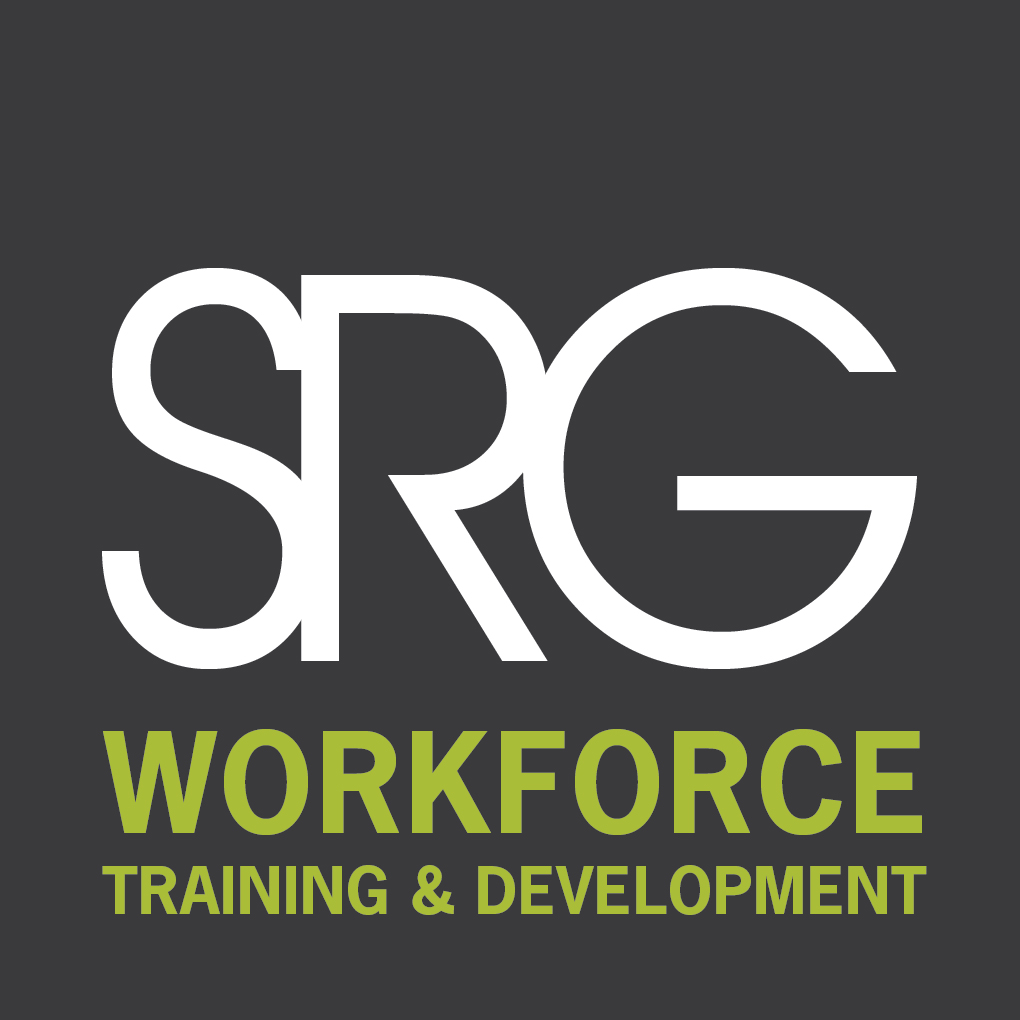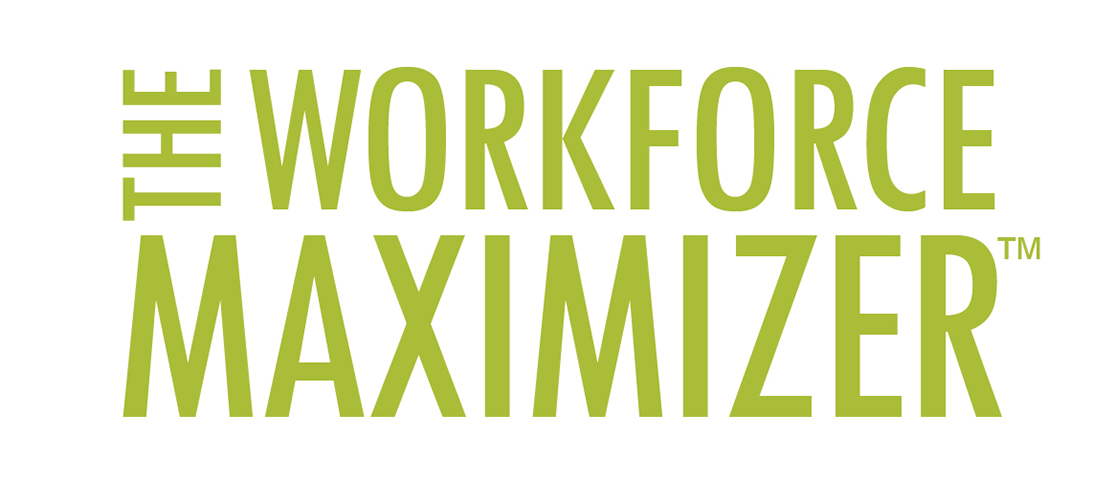
Stop Panic Hiring!
Tired of last-minute needs?
Vacant positions?
Scrambling for talent?
Of course you are. Operating in “reactive mode” is frustrating, stress-inducing and inefficient. And, in today’s market, there’s good reason to be more proactive about your workforce needs:
- Unemployment is down — and predicted to go even lower.
Forecasters surveyed by the Federal Reserve Bank of Philadelphia reported that the unemployment rate was an annual average of 5.4% in 2015, and predict it falling to 5.1% in 2016, 5.0% in 2017, and 4.9% in 2018.
- The hiring cycle is lengthening. Candidate and skills shortages are reaching critical levels in a variety of industries and functional areas.
- A proactive approach gives you (and your staffing partner) more lead-time to find the best candidates.
High-level planning provides your team with a strategic basis for making smart human resource decisions. It allows you to anticipate change, avoid “panic hiring” and keep your personnel needs aligned with your company goals.
In theory, the whole idea sounds great. But if you can’t predict the future, how can you stop reacting — and create a better way to staff your business?
DEVELOP A PLAN!
With a sound workforce plan, you can accurately forecast your hiring and staffing needs (no crystal ball required!). Here’s how to do it:
Think high-level.
- ANALYZE YOUR SUPPLY
Examine your current workforce, considering its composition (demographics) and capabilities (competencies). - CONSIDER YOUR DEMAND
Talk to hiring managers and internal recruiters about their needs. Pay attention to positions that are the toughest to fill — and figure out why. Forecast the competencies that will be required by your future workforce, in order for your organization to achieve its goals. And finally, consider the internal and external forces that may impact your need for talent, such as:
– Vacancies created by transfers, terminations and promotions
– Prior demand and current openings
– Availability of qualified talent
– Changes in business mission, strategies or goals
– Legislation, economic conditions, technological advances, market competition - FIND THE GAPS
Compare your supply and demand data to determine “what is” and “what needs to be.” Detail talent gaps that may put your company at risk. - CREATE YOUR WORKFORCE PLAN
Outline the strategies and tactics needed to build your ideal workforce — one that has the people and capabilities to meet your company’s long-term goals. In addition to recruiting, consider the following tools when developing your plan to meet future talent needs:
– Redeploying key employees. Move high performers and skilled workers into the units and jobs where they will have the greatest impact.
– Mentoring and training. In areas where you predict talent gaps, consider ways to close them internally — without hiring.
PLAN TO SUCCEED
Use these tips to make your workforce plan a success (and not just a paperweight):
Get everyone involved.
Don’t create your plan in a vacuum! Involve members of all departments and integrate your plan with existing HR programs such as succession planning, training and career development.
Assign a leader — and establish accountability.
Designate a workforce plan “champion” to spearhead your company’s effort, generate buy-in at all organizational levels and hold managers accountable for achieving desired results.
Ask the right questions.
Conduct work-group leader interviews to gather the information you need for your supply and demand analyses. Here are a few questions to consider:
- What are your unit’s objectives for the next year? Three years?
- What critical processes, skills and work activities are needed to meet these goals?
- Which positions and capabilities are the most critical to your unit’s success? Why?
- What positions are toughest to fill? Why?
- What can you learn from last year’s hiring or staffing challenges?
- What does your current talent pool look like?
- What challenges do you foresee in meeting your future personnel needs?
- What’s your budget for staffing your unit?
- How/where can we find the talent you need?
Make it a habit.
Workforce planning isn’t a “once and done” event. It’s a process; one that requires regular review and modification to keep it aligned with your company’s objectives. Commit to an annual review to get the results you wa


The Workforce Maximizer™, developed by SRG, is a unique system of customized service options specifically tuned to provide comprehensive strategies at each stage of the workforce lifecycle. This flexible system allows us to effectively maximize the performance of your contingent workforce every step of the way, beginning with the recruitment phase through to the end when the Team Member transitions to a permanent career. The stages of The Workforce Maximizer™ focus on recruitment, training and development, onboarding, performance and client partnership and support.
For more information on SRG’s workforce training and development services, contact your local SRG office.

